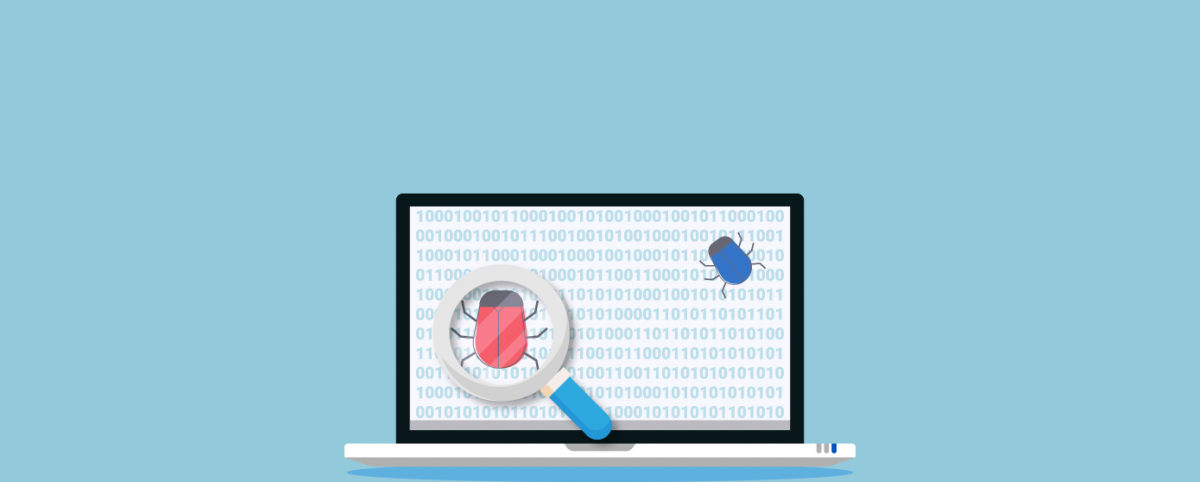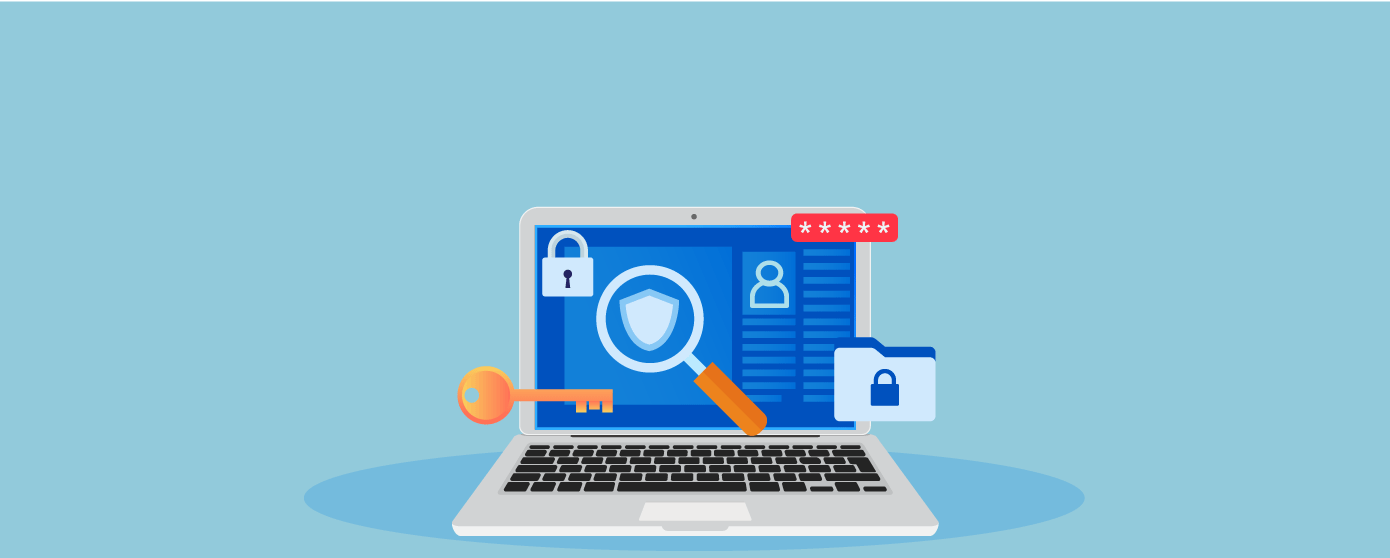How to Choose the Best Vulnerability Scanner?
Website vulnerability scanners are critical components of every comprehensive website security solution. They enable organizations to consistently and holistically monitor their websites, identify the vulnerabilities, gaps, and loopholes, and take remedial/ corrective action before they can be exploited by cyber-attackers.
Choosing a website vulnerability scanner is a critical-but-tough task, especially with the multitude of options that are widely available in the market.
8 Features to look while choosing web vulnerability scanning solutions
1. Automation for agility
Websites and web applications are constantly changing along with the changing business and consumer needs to gain strategic and competitive edges. There are several moving parts in applications, and they run on third-party applications/ platforms too. This apart, cyber-attackers and hackers are innovating new and creative ways to orchestrate attacks and breaches. To keep up with the accelerated pace of all these changes and ensure that security is agile, automation must be leveraged in vulnerability scanning.
The other advantage with automation is that it can scan for a much larger set of threats and vulnerabilities in much shorter duration and with enhanced accuracy in comparison to manual scanning, which is time-consuming, drudge-intensive, and ridden with human errors.
2. Zero false positives
False Positives are errors resulting from the scanner identifying something as a threat when it is not (or is not yet a threat). False positives lead to wastage of time and resources in trying to remediate flaws/ vulnerabilities that do not exist. Choose a website vulnerability scanner that ensures zero false positives and also allows you to request for false-positive checks.
3. Visibility not limited/restricted to the application
The strength of an application’s security depends on the level of security of the content management systems, frameworks, etc. on which they are developed. So, it is important to have visibility into these systems, their weaknesses, and configuration errors. Choose a web application scanner that covers the scanning of these systems as well.
4. Manual testing tools offered too
Not all vulnerabilities can be detected by an automated scanner. Business logic vulnerabilities, unknown/ zero-day threats, etc. need custom rules and manual testing to be effectively detected and protected against. So, make sure to choose a website security scanner that leverages automation along with managed security that is backed by certified security experts.
Also, ensure that the service provider has the option to leverage the inputs from manual testing as inputs for future automated scanning by accordingly incorporating rules and policies.
5. Timely and customized reports
Data from website security scans must be converted into insights for the future. This is possible only if there is timely and comprehensive reporting of identified vulnerabilities, malware, and defacements along with support options. Choose a scanning solution that provides a customized reporting feature where reports can be generated with desired fields and formats and one that offers comprehensive reporting with the possibility to combine automated scanning and manual testing findings into a single report.
6. An intelligent tool with learning abilities
Always choose an intelligent scanning tool that is equipped with machine learning and therefore, can be trained to provide better coverage. The Website Vulnerability Scanning tool from Indusface is equipped with the Global Threat Intelligence Database so it is constantly updated with the latest vulnerabilities. It also learns from the security analytics and previous attacks to effectively identify threats and vulnerabilities in the future or crawl areas that it did not crawl previously.
7. Integration with WAF for heightened security
Always choose a web vulnerability scanner that is part of a comprehensive security solution and integrated with the WAF (web application firewall). This strengthens security by providing the scanner real-time visibility into the protection status. This integration also enables the scanner to take live feeds from the live traffic to automatically include un-crawled areas or new signatures for comprehensive coverage. The WAF, being equipped with instantaneous patching abilities, ensures that the vulnerabilities and gaps found by the scanner have minimal exposure windows.
8. 24×7 support from experts
This is a crucial feature for website vulnerability scanners. 24×7 support from experts ensures that you will always get remediation guidelines as and when required, proof of concept for zero assured false positives, and so on.
Choose the best website vulnerability scanner so that you can focus on your core business while your website security is taken care of.
Stay tuned for more relevant and interesting security articles. Follow Indusface on Facebook, Twitter, and LinkedIn.

 December 5, 2019
December 5, 2019





